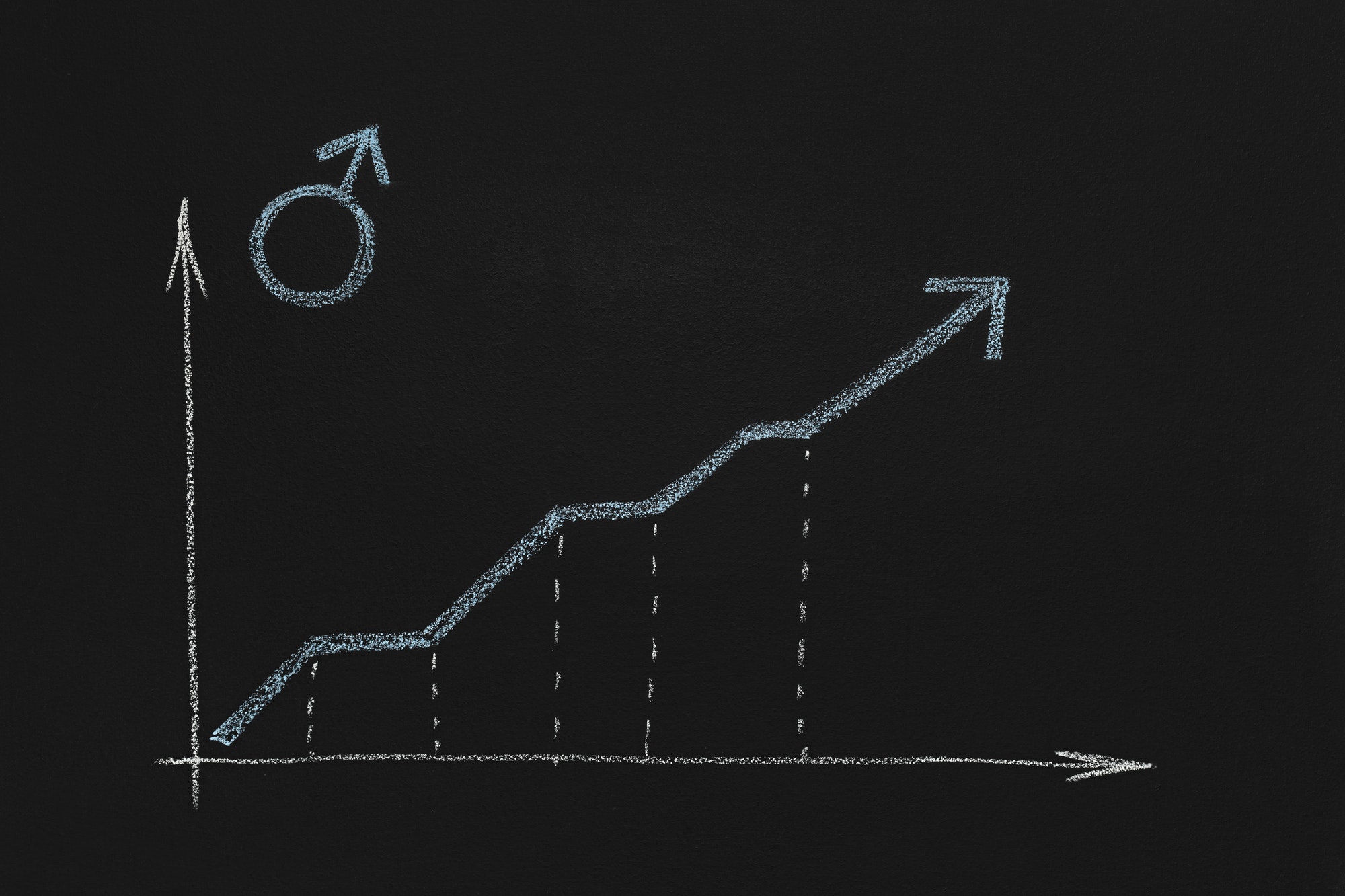When you’re investing, time has a snowball effect.
If you’ve heard it once, you’ve heard it a hundred times: The sooner you start investing, the better. You might have your doubts about whether it really is true. But it is.
That’s because of compounding, a process that lets you make money on your earnings as well as on your principal. Compounding occurs when dividends or interest you earn on your investments are reinvested to form the new base on which future earnings can accumulate. And as that base gets larger, the potential for growth increases. Here’s what can happen over a year:
Base amount on January 1
+Earnings=New base amount
+Earnings=New base amount
+Earnings=New base amount
+Earnings=Value the next January 1
When interest compounds in an insured cash or cash equivalent investment, the dollar value of your account always increases, though it may increase slowly. If you start with $1,000 and you earn 5.25% compounded, you’ll have $1,052.50 after a year and 1,107.75 after two years, rather than $1,105. The extra $2.75 is from compounding.
Compounding works a little differently with equity investments such as stocks and mutual funds. In that case, if you reinvest all your earnings to buy additional shares, the number of shares you own increases. But the total value of your account may increase or decrease depending on whether the price per share rises or falls. For example, suppose you start out with 100 shares of a stock mutual fund valued at $15 a share and reinvest your earnings. By the time you’ve accumulated 125 shares, the stock market is down and the fund’s share price is $12. Despite compounding, your account would be worth the same $1,500 (125 shares x $12 = $1,500).
But, if the stock market gained rather than lost value by the time you’d accumulated 125 shares, and the fund’s share price grew to $18 a share, your account value would be $2,250 (125 shares x $18 = $2,250), a 50% increase in value. And the more shares you accumulate, the more any increase in the share price boosts the value of your investment.
DOLLAR COST AVERAGING
If you want to use volatility to your advantage, dollar cost averaging can be a useful investment strategy. When you dollar cost average, you invest the same amount of money in a specific investment on a regular schedule, no matter what the price per share is. For example, you might add $100 to a mutual fund every month.
When the fund’s price is up, your $100 buys fewer shares than it does when the price is down. The advantage of continuing to buy through these ups and downs is that if you stick with the plan for an extended period, the average price you pay per share will be less than the actual average share price. But for the strategy to work, you have to buy when prices drop—and putting your money into an investment on the decline can be nerve-wracking, especially if you’re not a veteran investor. If you stop buying when prices drop, you’ll have paid only the highest prices, and that’s exactly what you are trying to avoid.
The positive side of putting the same amount of money into an investment every month, no matter how it’s doing, is that you get in the habit of investing regularly. That’s a good habit to have.
And if you’re also reinvesting whatever earnings your investment produces, you’re getting the added advantage of compounding. But there is one caution: Dollar cost averaging doesn’t guarantee you’ll make money on your investment or protect you from losses any more than any other investment strategy.
UPS AND DOWNS, INS AND OUTS
Over the course of a day, a month, or a year, most investment prices fluctuate, sometimes dramatically. They go up and down repeatedly in response to a range of variables from changing market conditions to shifting investor attitudes. This constant movement is known as volatility.
Some kinds of investments are more volatile than others. Stocks, for example, tend to change in value more often and by larger amounts than bonds or mutual funds. So the shorter the time you plan to own a stock, the more risk you’re taking that its price will be down if you need or want to sell it. But short-term volatility doesn’t limit the possibility of substantial gain if you hold onto an investment for a long stretch of time.
In contrast, liquidity describes the ease and speed with which you can convert an investment into cash with little or no loss in value. Basically, the more liquid an investment is, the less trouble you have selling it for at least the amount you invested. For example, savings accounts and money market accounts are considered highly liquid.
Liquidity is especially important if you need money for a financial emergency, or if you’re planning to sell the investment at a specific time to meet a particular goal, such as making the down payment on a home or buying a car.
LET IT ROLL
Reinvesting the money your investments may generate is one of the easiest and most reliable ways to take advantage of the power of compounding.
If you invest in a mutual fund, just select the reinvestment option when you open your account. If you invest in stocks, take advantage of stocks that offer dividend reinvestment plans (DRIPs). And if you have money in bonds, put the interest you receive into an investment account to be recycled into the next bond—or other investment—you buy.
You’ll still owe income tax on your earnings, at the tax rate that applies, except for the investments you hold in a tax-deferred or tax-exempt retirement account. But your money will go straight to building your assets, rather than sitting around and tempting you to spend it.




